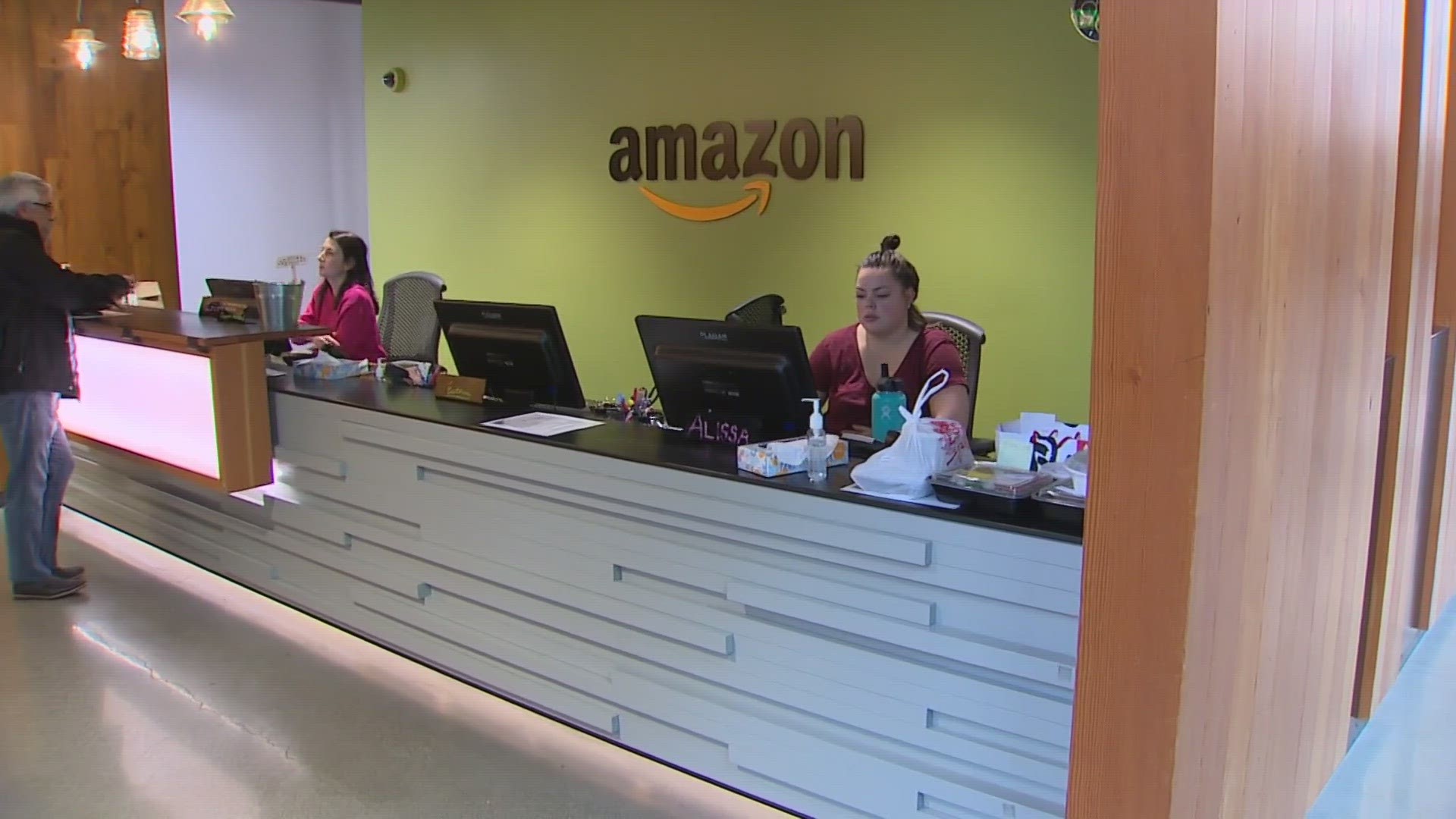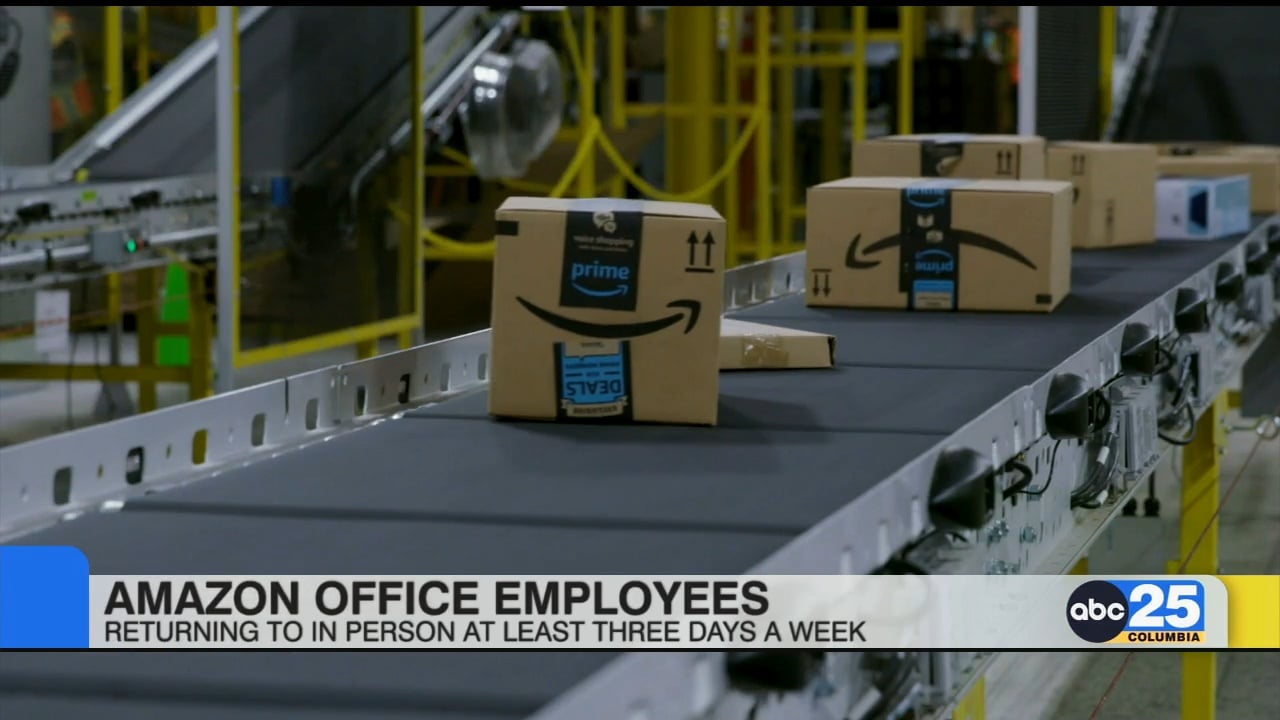Amazon's Return to Office Policy: Key Updates and Implications
In a significant shift from its pandemic-era work policies, Amazon has announced that it will require its corporate employees to return to the office five days a week starting in January 2025. This decision, communicated by CEO Andy Jassy, marks a return to the company's pre-pandemic operational model and reflects a broader trend among major corporations to bring employees back to physical workplaces.
Background and Context
The COVID-19 pandemic forced many companies, including Amazon, to adapt to remote work. Initially, Amazon encouraged employees to work from home, a policy that was in place for nearly three years. Over time, the company attempted to implement a hybrid model, suggesting that employees should be in the office at least three days a week. However, this approach has now been deemed insufficient by Amazon's leadership, who believe that full-time office attendance fosters better collaboration and innovation.
CEO Andy Jassy's Perspective
In a recent memo to employees, Jassy emphasized the need for a "deeply-connected collaboration" among teams, stating that being in the office full-time would enhance the company's ability to invent and solve complex problems. He noted that the leadership team had been contemplating how to improve team dynamics and productivity, ultimately concluding that a full return to the office was necessary.
Key Details of the New Policy
Mandatory Office Attendance: Starting January 2, 2025, all corporate employees are required to be in the office five days a week. This is a significant change from the previous hybrid model, which allowed for more flexibility.
Monitoring Attendance: To ensure compliance, Amazon plans to monitor attendance through corporate badge swipes. This move has raised concerns among employees about privacy and the potential for a surveillance culture within the workplace.
Flattening Corporate Structure: Alongside the return-to-office mandate, Amazon is also restructuring its corporate hierarchy by reducing the number of managers in each organization. This is intended to streamline operations and enhance decision-making processes.

Reactions from Employees and Industry Experts
The announcement has sparked a mixed response among Amazon employees. Some express concerns about the loss of flexibility and the potential impact on work-life balance. The decision has also led to discussions about the future of work in the tech industry, with many employees questioning whether such a rigid policy is sustainable in the long term.
Protests and Walkouts
In response to the return-to-office mandate, there have been reports of walkouts and protests among Amazon workers. Employees have voiced their frustrations not only about the return-to-office policy but also about recent layoffs and the company's environmental impact. These protests highlight a growing sentiment among workers who feel that their voices are not being heard in corporate decision-making processes.
Broader Implications for the Tech Industry
Amazon's decision to mandate a full return to the office could set a precedent for other tech companies that have adopted flexible work arrangements during the pandemic. As companies navigate the post-pandemic landscape, the balance between employee satisfaction and operational efficiency will be a critical consideration.
Potential Impact on Recruitment and Retention
The shift back to a five-day office workweek may affect Amazon's ability to attract and retain talent, particularly among younger workers who prioritize flexibility and remote work options. Companies that continue to offer hybrid or fully remote work may gain a competitive edge in the talent market.

Amazon's return-to-office policy represents a significant shift in the company's operational strategy and reflects broader trends in the corporate world. As the company prepares for this transition, it will be essential to monitor employee reactions and the potential impact on workplace culture. The decision underscores the ongoing debate about the future of work and the balance between in-person collaboration and remote flexibility.
For more detailed updates, you can follow the latest news on Amazon's return-to-office plans through various sources, including CNN and The New York Times.





